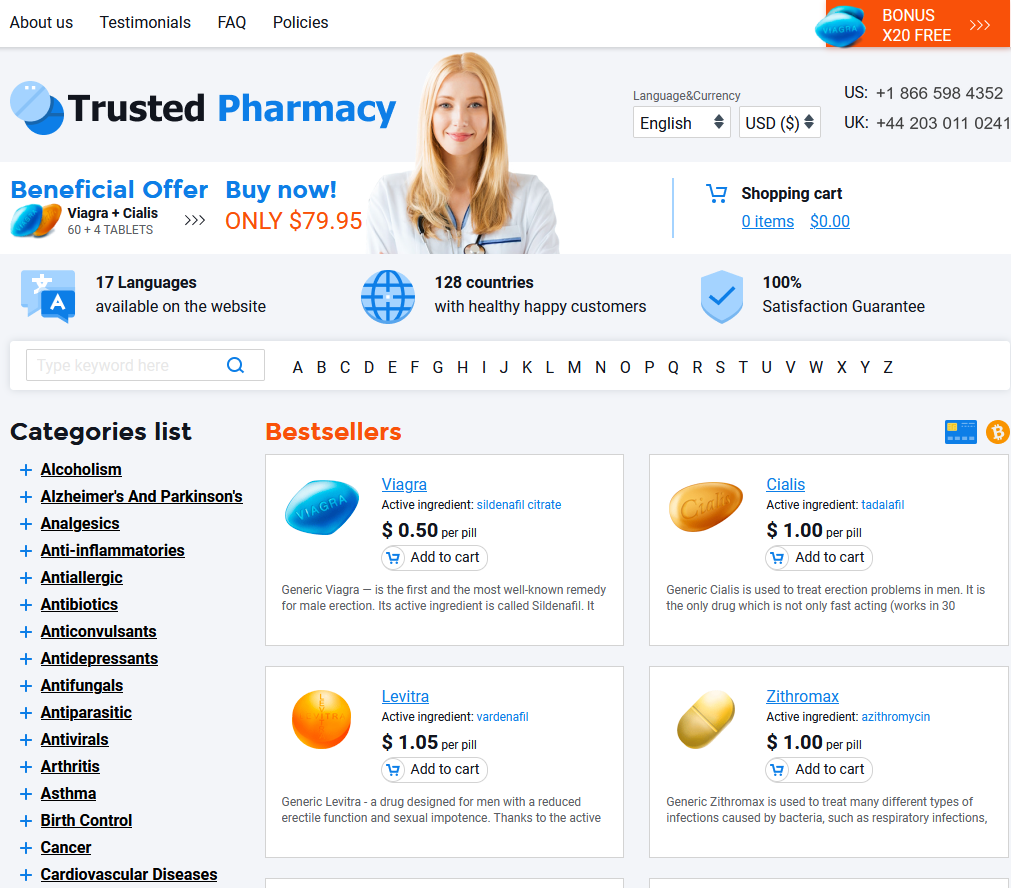Cephalexin: Not a Cure-all for Infections
It’s not uncommon for patients to believe that a single antibiotic can treat every infection. However, cephalexin is effective mainly against specific types of bacteria, such as those causing certain skin, respiratory, and urinary tract infections. Relying on it for all infections—especially those caused by viruses or resistant bacteria—won’t bring relief and could worsen the problem.
Misinformation sometimes leads people to self-medicate with leftover cephalexin, assuming it will work universally. This approach is risky since improper antibiotic use can delay correct treatment and encourage harmful bacterial resistance.
Doctors carefully choose cephalexin based on the type of infection, local resistance patterns, and patient health. Notably, some severe or unusual infections require entirely different medications or combination therapies.
| Condition | Cephalexin Effective? |
|---|---|
| Strep Throat | Yes |
| Viral Flu | No |
| Uncomplicated UTI | Yes |
| MRSA Infection | No |
Mythbusting Allergic Reactions and Cross-sensitivity

Many people worry about taking cephalexin if they’re allergic to penicillin, fearing the risk of a serious reaction. In truth, the chance of cross-sensitivity is quite low—most individuals who are allergic to penicillin can still take cephalexin without any issues. However, caution is crucial if you’ve experienced a severe, life-threatening reaction like anaphylaxis to penicillin.
Minor rashes or mild side effects don't necessarily mean you’ll react the same way to cephalexin. Healthcare providers will assess your history and symptoms before prescribing. For those with mild penicillin allergies, cephalexin is often considered a safe alternative, but open communication with your doctor matters most.
Cephalexin and Antibiotic Resistance: the Real Risks
Many believe that taking cephalexin for any infection is a safe bet, but the truth is more complicated. Overusing antibiotics like cephalexin, especially for viral infections or when they’re not truly needed, allows harmful bacteria to adapt and develop resistance. This resistance makes future infections harder to treat, not just for one person but for the whole community.
Misconceptions often lead to patients stopping cephalexin early once they feel better. However, failing to complete the full course means surviving bacteria can become tougher and spread more easily. Responsible use is essential to keep antibiotics effective for everyone.
Healthcare professionals warn that antibiotic resistance is not just a theoretical problem, but a global health threat. By using cephalexin wisely, patients can help curb the rise of resistant bacteria and protect public health.
Unpacking Side Effects: What’s Fact, What’s Fiction

When starting cephalexin, many people worry about side effects, sometimes expecting the worst. The truth is, while all medications can cause reactions, most people tolerate cephalexin very well. Common effects, like mild stomach upset or diarrhea, are usually temporary and resolve without intervention.
Serious side effects, such as severe allergic reactions or persistent rashes, are rare. These stories are often exaggerated and can cause unnecessary anxiety. It’s important to remember that every individual’s response is unique.
Separating myths from reality means relying on clear information. If you have concerns about taking cephalexin, always consult your healthcare provider for guidance tailored to your needs.
Can You Drink Alcohol While Taking Cephalexin?
While there’s no direct chemical interaction between cephalexin and alcohol, mixing the two isn’t always wise. Although moderate drinking doesn’t typically reduce the effectiveness of cephalexin, alcohol can worsen certain side effects like stomach upset or dizziness. For those already feeling unwell due to an infection, avoiding alcohol can provide your body with the best chance to heal. Many healthcare professionals advise patients to err on the side of caution, especially if they’re prone to gastrointestinal issues or have a history of liver problems.
Below is a helpful table summarizing key considerations:
| Factor | Cephalexin | Alcohol |
|---|---|---|
| Common Side Effects | Nausea, diarrhea, dizziness | Stomach upset, dehydration |
| Interaction Risk | No direct interaction | May worsen side effects |
| Recommendation | Take as prescribed | Best avoided during treatment |
Cephalexin for Pets and Humans: What to Know
Many are surprised to discover that cephalexin, a common antibiotic prescribed for humans, is also widely used in veterinary medicine. While this antibiotic can treat skin, urinary, and respiratory infections in both people and pets, the similarities largely end with the medication’s name. Dosage, treatment duration, and safety precautions differ significantly depending on the species and condition being treated.
Pet owners may be tempted to give their leftover cephalexin to their animals, but self-medicating a pet can be dangerous. Animals metabolize drugs differently, and incorrect dosing could lead to severe side effects or ineffective treatment. Only a veterinarian can decide the appropriate medication, dose, and length of therapy.
The use of human antibiotics in animals must always be supervised by a licensed veterinarian. Some inactive ingredients in medications formulated for people may not be safe for pets. In addition, not all infections that affect pets will respond to cephalexin, and misuse can contribute to antibiotic resistance among animals.
Communication between healthcare professionals and pet owners is essential. If your pet is prescribed cephalexin, follow all instructions carefully and never share medication between humans and animals. Both your health and your pet’s well-being depend on responsible use.

